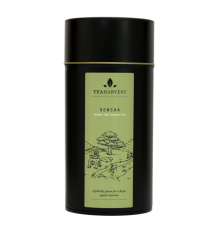
For over 3,000 years, the Chinese have enjoyed the benefits of drinking green tea. Full of antioxidants and high in vitamin C, it also aides digestion.
Green tea and black tea are produced from the leaves of the same plant, Camellia sinensis. For green tea, the aim is to dehydrate the leaf so it can be rehydrated later in a cup of water, close to its original state.
Green tea offers many variations in flavour, ranging from aromatic and sweet through to crisp and herbaceous.
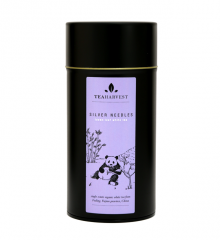
White tea is unique and attracts the attention of tea connoisseurs. Only a small amount is produced annually and is harvested by hand mainly in China’s Fujian province.
White tea gets its name from the colour of its silvery-white leaves and from the fine white down on its buds. Only the tender young budsets from the tea bush are harvested and undergo minimal processing – withering and drying, which maintains many of the teas health benefits.
The two main varieties of white tea are:
- Yin Zhen (‘Silver Needles’)
- Pai Mu Tan (‘White Peony’)
White tea produces a light-coloured infusion and subtle, sweet, nutty flavours.
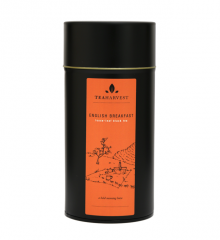
A cup of black tea ranges in colour from coppery red to dark orange-black and steeps the strongest flavour. It is the most popular Western tea, often served with milk and sugar. Originating from China, black tea is predominantly grown in India, Sri Lanka (formerly Ceylon), Africa and Indonesia. The fully oxidised leaves give black tea its distinctive, characteristic flavours and aroma.
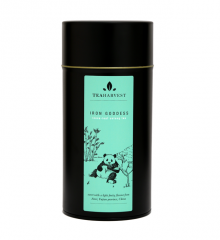
Known as “black dragon” in China, oolong is a highly revered tea both in China and Taiwan where it is produced. Complex, with a sweet aftertaste, oolong sits intricately between black and green tea. Partially oxidised, oolong provides an endless pot of tea with renowned digestive benefits.
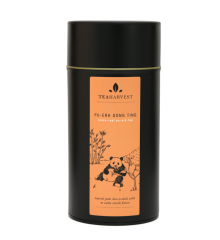
Pu-erh is a highly regarded tea with a long history originating from deep within the mountains of Yunnan province, China. It was first made during the Tang dynasty (618-907) and can be categorized as sun-dried green tea, also known as Mao Cha. The final market product is often compressed into various shapes such as discs, rectangles or squares. Pu-erh tea can also be purchased in loose-leaf form.
There are two types of Pu-erh: Raw (Sheng) and Ripe (Shu). Each is made using a different method.
Raw (Sheng) Pu-erh uses the traditional method and can take years, even decades before it is ready to be consumed. The sun dried green leaves (Mao Cha) enable the presence of live microbes to remain which transform the tea over time through slow fermentation. Freshly made Raw Pu-erh looks and tastes similar to green tea. Overtime, the colour slowly browns and the flavour becomes richer and fuller in the mouth. This ability to mature and transform is what makes this tea so special.
Ripe (Shu) Pu-erh uses a new method conceived by the Kun Ming Tea Factory in 1973-1974. It follows the ancient dark tea making process utilising mould fermentation. This method accelerates microbial fermentation producing Pu-erh tea ready for immediate drinking. This style of Pu-erh can also be stored to mellow and sweeten over time, providing a glimpse into the flavour of a traditionally made Pu-erh. It is interesting to note that Ripe Pu-erh is the preferred style by Westerners and the most commonly consumed in China.
Pu-erh tea is also a healthy beverage and can aide digestion, assist in weight loss and boost your immune system.
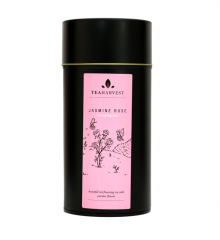
Blooming teas are visually stunning as well as a delight to the palette. Each individual tea ball is handcrafted using the finest tea leaves to encircle one or more flowers. Serve them in a glass teapot and watch them unfurl.



